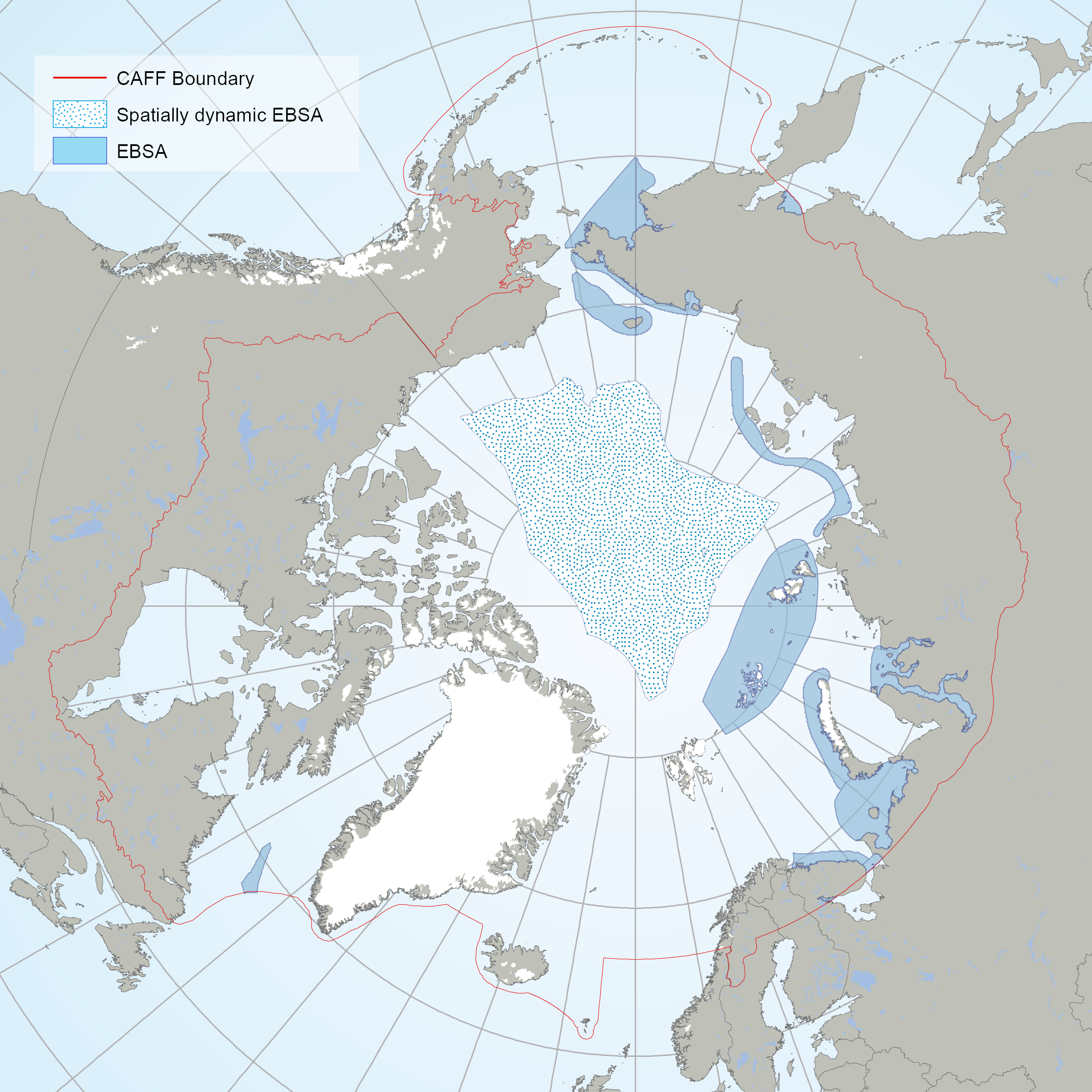ecosystems
Type of resources
Available actions
Topics
Keywords
Contact for the resource
Provided by
Years
Service types
-
The Plant Hardiness Zones map outlines the different zones in Canada where various types of trees, shrubs and flowers will most likely survive. It is based on the average climatic conditions of each area. The first such map for North America, released by the United States Department of Agriculture in 1960, was based only on minimum winter temperatures. In 1967, Agriculture Canada scientists created a plant hardiness map using Canadian plant survival data and a wider range of climatic variables, including minimum winter temperatures, length of the frost-free period, summer rainfall, maximum temperatures, snow cover, January rainfall and maximum wind speed. Natural Resources Canada's Canadian Forest Service scientists have now updated the plant hardiness zones using the same variables and more recent climate data (1961-90). They have used modern climate mapping techniques and incorporated the effect of elevation. The new map indicates that there have been changes in the hardiness zones that are generally consistent with what is known about climate change. These changes are most pronounced in western Canada. The new hardiness map is divided into nine major zones: the harshest is 0 and the mildest is 8. Subzones (e.g., 4a or 4b, 5a or 5b) are also noted in the map legend. These subzones are most familiar to Canadian gardeners. Some significant local factors, such as micro-topography, amount of shelter and subtle local variations in snow cover, are too small to be captured on the map. Year-to-year variations in weather and gardening techniques can also have a significant impact on plant survival in any particular location. For more information see: http://open.canada.ca/data/en/dataset/50f9f293-f288-4de6-98ad-f69cf85d21ea
-

The EBSAs are special areas in the ocean that serve important purposes, in one way or another, to support the healthy functioning of oceans and the many services that it provides. The EBSAs contained din this dataset are the result of an Arctic Regional Workshop to Facilitate the Description of Ecologically or Biologically Significant Marine Areas (EBSAs) held in Finland on 3-7 march, 2014. <a href="https://www.cbd.int/ebsa/ebsas" target="_blank">Resource</a>
-
This server provides Web Services which adhere to Open Geospatial Consortium (OGC) Web Service Implementation Specifications. Environment Canada works to preserve and enhance the quality of the natural environment; conserve Canada's renewable resources; conserve and protect Canada's water resources; carry out meteorology and provide weather forecasts; enforce rules relating to boundary waters; and, coordinate environmental policies and programs for the federal government.
-
This server provides Web Services which adhere to Open Geospatial Consortium (OGC) Web Service Implementation Specifications. Environment Canada works to preserve and enhance the quality of the natural environment; conserve Canada's renewable resources; conserve and protect Canada's water resources; carry out meteorology and provide weather forecasts; enforce rules relating to boundary waters; and, coordinate environmental policies and programs for the federal government.
 Arctic SDI catalogue
Arctic SDI catalogue